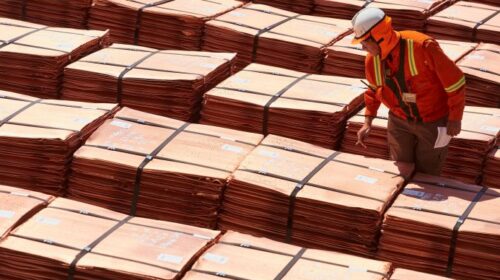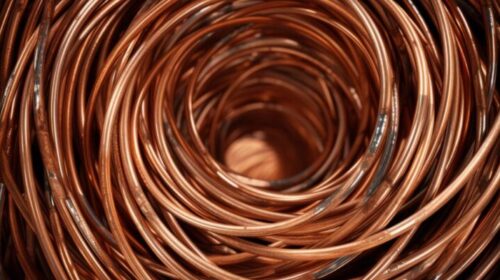Australia’s big miners race to deploy emissions-free trucks
As pressure builds on the carbon-intensive mining industry to slash emissions, leading Australian players are rushing to decarbonize their truck fleet using a range of options from hydrogen to battery-powered vehicles.
Fortescue Metals Group in June designed and built a hydrogen-powered haul truck — “the first of its kind in the world,” said Julie Shuttleworth, CEO of green technology unit Fortescue Future Industries. Site tests are scheduled to begin by June 2023.
“All you could see was slight puffs of pure steam,” Fortescue Metals Chairman Andrew Forrest said of his experience driving the truck during an August earnings call.
Haul trucks can be designed to carry more than 200 tons per load, and they usually run on diesel. Fortescue Future Industries plans to invest up to $600 million in fiscal 2022, largely on green fleet development and decarbonization technologies, toward the group’s goal of achieving net-zero emissions by 2030.
Rival miner BHP Group partnered with equipment producer Caterpillar at the end of August to develop zero-emissions mining trucks, with the goal of commercializing them this decade. They will focus on battery-powered vehicles, but are expected to explore hydrogen technologies as well.
BHP plans to invest $100 million to $200 million a year for five years on climate-related research, such as reducing the use of diesel in mining trucks. Rio Tinto last year said it would invest $1 billion over five years toward achieving net-zero emissions.
Research and development efforts for mining trucks previously focused on automation. Rio Tinto and Fortescue have automated over 100 trucks. One-third of BHP’s 185 trucks operating in iron ore mines are also unmanned. But companies are shifting their emphasis to decarbonization.
Mining accounts for 4% to 7% of global greenhouse gas emissions, according to consultancy McKinsey. The industry faces greater pressure than ever as investors home in on environmental, social and governance issues, and with the European Union planning a carbon tax on imports from countries that are not doing enough to reduce their environmental impact.
Australian miners “will not be competitive to sell their product in Europe” unless they take swift action, said Ali Pourmousavi Kani, lecturer at the University of Adelaide’s School of Electrical and Electronic Engineering.
Mining trucks produced 26% of Fortescue Metals Group’s emissions for the year ended in June, meaning net-zero vehicles could slash industrywide emissions.
No clear leader has emerged in electrifying super-large trucks like those used in mining, driving more companies to join hands with rivals instead of shouldering massive development costs on their own. BHP, Rio Tinto and Brazil’s Vale launched the Charge On Innovation Challenge in May, asking heavy machinery makers and other vendors to present electrification solutions for the mining industry.
BHP, Rio Tinto and Chile’s state-owned Codelco also joined Komatsu last month as founding members of the Japanese manufacturer’s decarbonization alliance.
“We will work with Komatsu and other partners to bring zero-emissions solutions to the market as quickly as possible,” a Rio Tinto spokesperson said.
BHP Chief Commercial Officer Vandita Pant told Nikkei that “tackling climate change requires strong collaboration and collective effort across the supply chain.”
Introducing electric and hydrogen vehicles in mining also will require construction of charging stations and other infrastructure, resulting “in a major transformation that impacts the industry’s future,” said Hokkaido University resources management professor Yohei Kawamura.
Training staff in the necessary skills is another challenge.
Mining companies “have been running hundreds of haul trucks every day using diesel, and suddenly you’re changing all of them to electric ones, which are fundamentally different from your old trucks,” Pourmousavi Kani said. “The sort of electricians that you need on site, they have to have different skill sets.”
54 total views , 1 views today





